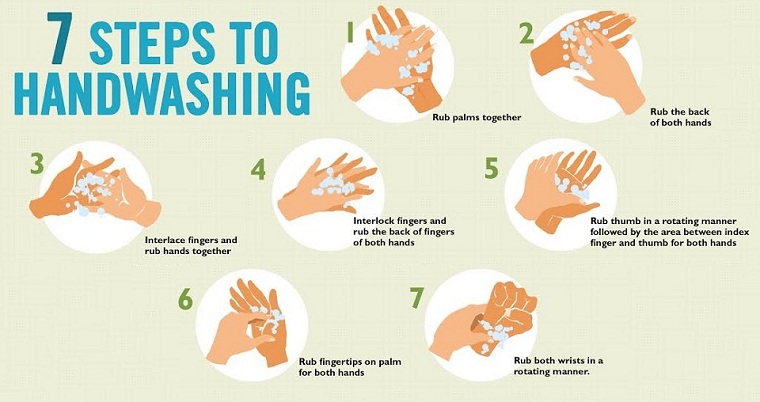On the occasion of World Hand Hygiene Day on 5 May 2016, WHO country office Pakistan plans to join hands with the Government and Partners to raise awareness about the benefits of hand hygiene.
This year, WHO focus is on sensitizing health care workers (doctors, nurses, sanitary staff, etc) in the fact that hand hygiene is the single most important method of preventing and controlling infection in healthcare facilities.
WHO calls on all health care facilities to join the “SAVE LIVES: Clean Your Hands” movement and commit to improving hand hygiene practices. As of 28 April 2016, a total of to 44 hospitals and health-care facilities in Pakistan have been registered their commitment to hand hygiene as part of the global campaign.
Many studies have shown that the bacteria that cause hospital-acquired infections are most frequently spread from one patient to another on the hands of healthcare workers. Cleaning your hands before and after having contact with patients is one of the most important measures for preventing the spread of bacteria in healthcare settings to improve and promote best hand hygiene practices during the delivery of health care services.
Infectious diseases in Pakistan are believed to be one of the most pressing medical problem and the major cause of morbidity and premature death (Infection Control Policies and Practice in PAKISTAN, M. W. Raza, F. K. Gould,B. M. Kazi) WHO Pakistan conducted an assessment of water, sanitation and hygiene (WASH) services in health care facilities in 2015. It was observed that there is 70-80% hand washing facilities available in the assessed health centres but a few hospitals including District Head Quarters and Tehsil Head Quarters had placed soap in hand washing areas of health care facilities.
The theme of this year’s campaign is “is surgical site infections, with particular focus on ensuring clean hands from the moment the patient enters the hospital, through surgical preparation and post-operative care, until the patient is discharged”. The campaign aims to reduce the spread of life-threatening infections through improving hand hygiene practices in health care settings. Hand hygiene is a primary and simple, low-cost measure which is proven to be effective in preventing health care-associated infections.
Every year, health care-associated infections affect hundreds of millions of patients worldwide, in both developed and developing countries. They can lead to serious illness, prolonged hospital stays, long-term disabilities, added costs to patients and their families, additional financial burden on the health care system and, critically, sometimes, tragic loss of life.
Patient voices can act as a powerful tool in achieving improvements in patient safety, and their participation is needed to improve and promote hand hygiene. WHO is encouraging patients to insist on their right to safe health care, of which hand hygiene is a basic component.
Health care managers have a responsibility to facilitate hand hygiene through ensuring: availability of soap, running water and alcohol-based hand-rub, a standard sink/bed ratio, continuous training of staff, regular monitoring of hand hygiene practices and patient satisfaction.
WHO’s vision for the next decade is to encourage awareness and promote the need for improved compliance and sustainability in hand hygiene practices at the point of patient care through implementation of WHO’s 5 Moments for Hand Hygiene initiative: i) before patient contact: ii) before cleaning/aseptic procedure; iii) after body fluid exposure risk; (iv) after patient contact; and v) after contact with patient surroundings.
WHO believes everyone can work towards improving the safety of patients in health care settings through the implementation of essential measures, such as hand hygiene, not only to reduce the number of health care-associated infections but for the long-term benefit of patients and care providers and to ensure greater community satisfaction with health care services.
Key facts shared by WHO on Hand Hygiene Day 2016:
– 61% of healthcare workers do not clean their hands at the right moment.
– one in two surgical staff do not clean their hands at the right moment.
The secret to good hand hygiene comes not only from knowing how to wash your hands effectively, but from knowing when to wash your hands.
When to wash your hands
To help healthcare workers think about how often they should wash their hands, the WHO has identified five key moments when washing is appropriate. These are:
- Before touching a patient
- Before a clean or aseptic procedure
- After exposure to body fluids, or the risk of exposure
- After touching a patient
- After touching patient surroundings
How to wash your hands correctly
There are two methods of hand hygiene: hand sanitisers or soap and water.
The general advice is that when hands are visibly soiled, soap and water should be used. The washing should take no more than a minute. To be really effective, it needs to follow a procedure that ensures both hands are entirely clean.


